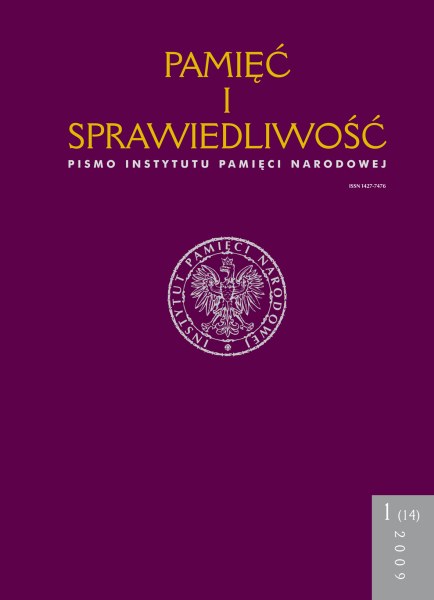„Uszy” Kadafiego. Produkcja radiowych urządzeń wywiadowczych na Węgrzech w latach 1965–1985
Pamięć i Sprawiedliwość, Vol. 14 No 1 (2009), pages: 343-356
Publication date: 2009-12-30
Résumé
According to a popular legend in the military world, colonel Moamer el-Kadhafi could owe his life solely to Hungarian radio reconnaissance stations. In April of 1986 the United States of America intended to kill the Libyan dictator by a quick and unexpected air-strike. It is alleged that the maintenance brigade of the Hungarian manufacturer were just doing regular maintenance works of the radio reconnaissance instruments, when they noticed and decoded the communication of the American attackers, and they alarmed Kadhafi who could this way survive
the bombing. Although, the trustworthiness of some elements of the story can be questioned, it would only proper to ask how an East-Central European country could produce such kind of reconnaissance instruments and why they were placed out in an Arabian country. This study attempts to give additional information
through presenting a special company of the national telecommunications industry about the socialist system of the 1970–80s. Countries of the Soviet block broke away fi nally from the technologically highly developed world during these two decades, because they were unable to keep up with the changes following the computer revolution. At the same time, the story of the production of radio reconnaissance instruments modulates this commonplace to a certain degree: it introduces the technological challenges Hungarian industry had to cope with, the
international trends it tried to adopt, the efforts made in the fi eld of (military) research and development, and the changes what an East-Central European company could have in the market of high technology.
Articles les plus lus par le même auteur ou la même autrice
- Pál Germuska, Wydatki wojskowe i obronne na Węgrzech w latach 1949–1979 , Pamięć i Sprawiedliwość: Vol. 15 No 1 (2010)
 Język Polski
Język Polski
 English
English
 Deutsch
Deutsch
 Français (France)
Français (France)
 Italiano
Italiano
 Русский
Русский


 PDF (Język Polski)
PDF (Język Polski)
